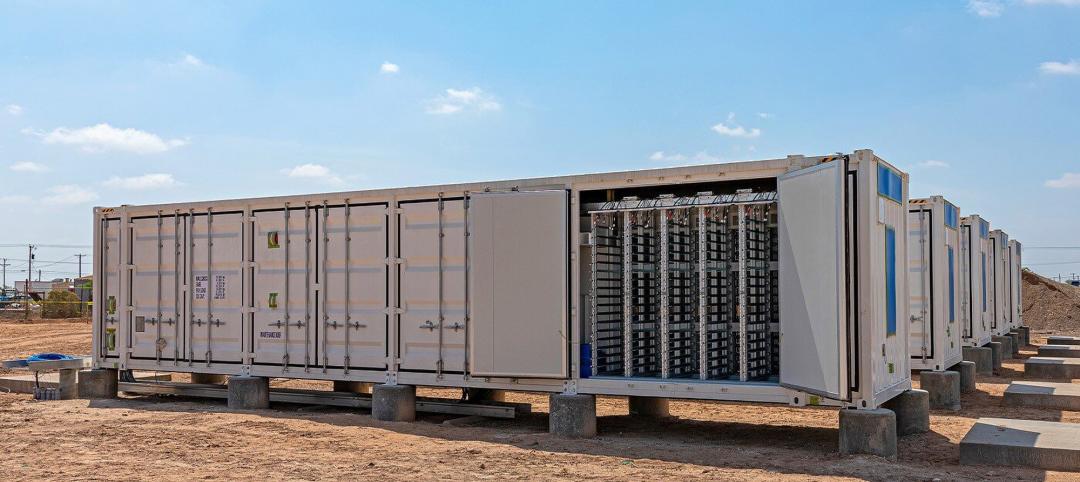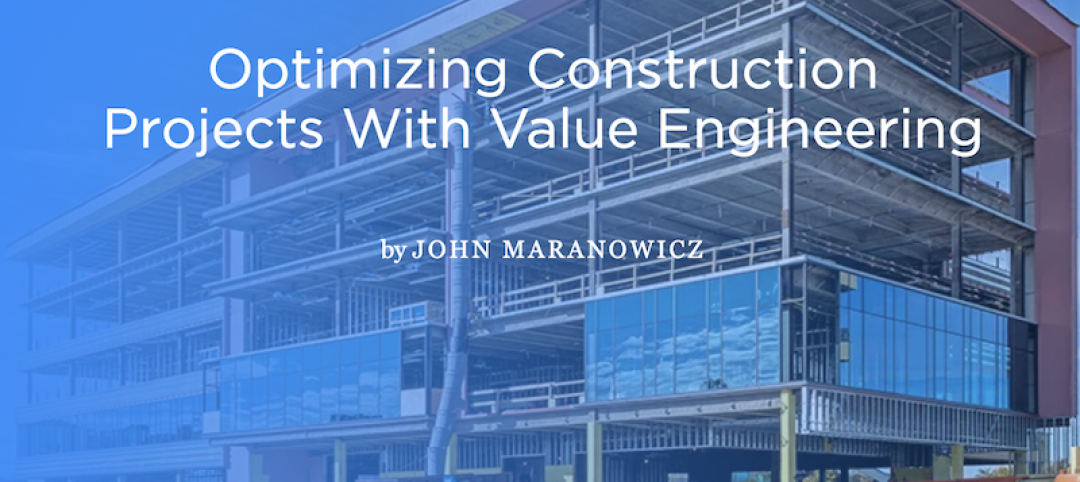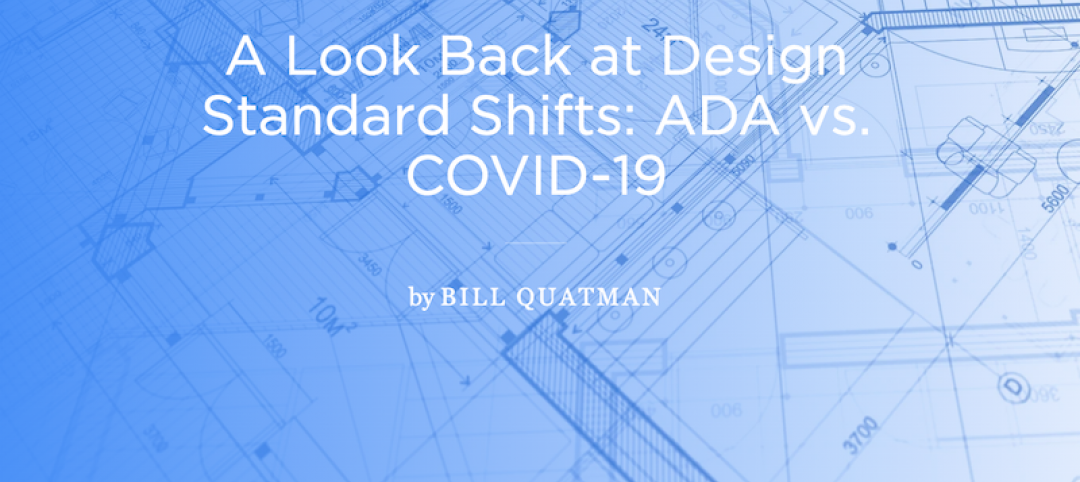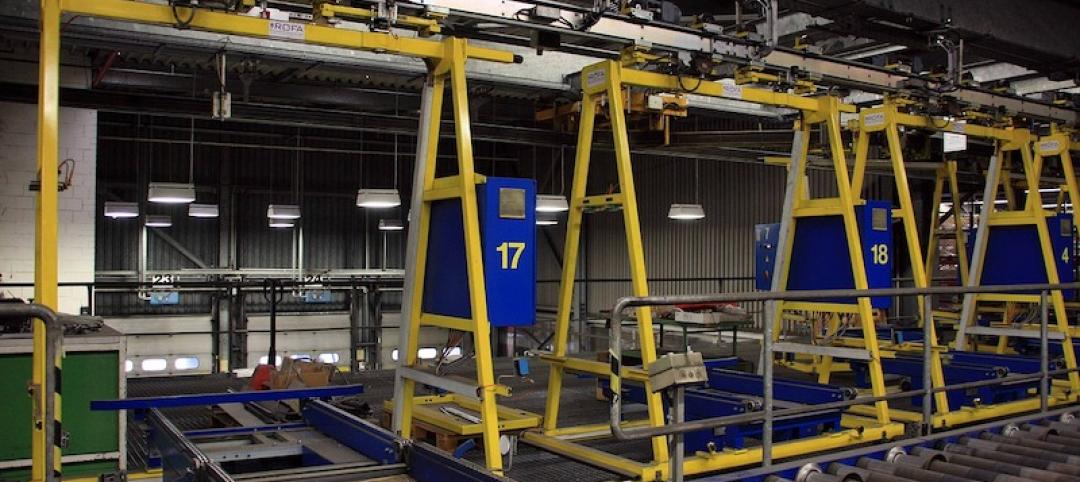As companies and organizations bring their employees back into offices and work environments following the self-isolation periods caused by the COVID-19 pandemic, many are struggling to find the safest and most responsible approach to complying with new Centers for Disease Control and Prevention guidelines.
Because of this, these organizations are recognizing the need to rethink procedures and processes in an effort to minimize employee-to-employee contact and mitigate the potential spread of the virus. By doing so, confidence levels among staff can be bolstered, helping them feel more confident in returning to the workplace.
There are several possibilities when it comes to reconfiguring or adjusting a space to maintain the health and safety of workers, from reorganizing spaces to enable social distancing measures to full teardown and reconstruction of a plant. Each increasing level of complexity adds to the amount of investment required and the possible disruption to an operation’s processes.
Adjusting Spaces for Better Flow
By looking closely at a space’s arrangement, an organization can clearly map the movement of people and understand where congestion areas — spaces where less than 6 feet of distance is obtainable between people — occur. By adjusting workstation placement to allow for a 6-foot minimum distance or by phasing shifts in and out of spaces, social distancing can be maintained between workers throughout a space.
Shifting processes and procedures — along with improving industrial hygiene — can make it possible to continue regular operations while still limiting exposure.
Developing a List of Improvements
A full, holistic review of existing facility layouts can be performed to aid in the preparation of a full list of proposed changes to a facility. This can include suggestions for changes in procedures or recommending the expansion or reorganization of a space.
By looking closely at an entire operation, from open workspaces to breakrooms and offices, a clearer picture of how a space will operate in a post-COVID-19 world comes to light, thus informing a tiered list of projects intended to improve operations and the functionality of a space.
Limiting the Introduction of Pathogens
The airflow throughout a space can be accurately modeled and analyzed using a design tool called computational fluid dynamics. With a known space layout and known HVAC equipment, organizations can better understand how the air is moving in and out of a space and how that airflow will impact the transmission of pathogens. This information can then be used to inform air quality improvement options or temporary solutions used to validate a more permanent fix. UV lighting, for example, can be introduced into the HVAC system to disinfect incoming or circulated air.
Additionally, limiting the introduction of pathogens from the delivery of raw materials requires the use of sterilization chambers between delivery and receiving. This allows delivery personnel to place materials into the chamber, where the materials are then treated with UV lighting before being picked up on the other side by receiving crews, limiting person-to-person interaction. When used between manufacturing areas, these systems function to segregate people from various products, improving overall sanitation.
Future-Proofing a Design
If it is determined that a facility cannot meet the required health and safety standards, a full retrofit or expansion may be recommended, up to a full teardown and rebuild of a facility. This approach allows an organization to implement entirely new strategies or ideas into a space, from the ground up.
For example, automation of various operations is expected to be utilized more readily in a post-COVID-19 work environment, to limit the need for close-contact manual labor. Many of these procedures are anticipated to be enforced to address concerns brought on by the recent pandemic. Designing new or retrofitting an existing space to accommodate these coming changes will result in better preparedness in the future.
Preparing for Tomorrow
While returning to the work environment is a priority for most businesses, it is also imperative that organizations do what must be done to protect workers from infection, especially following recent events.
But it can be difficult to know where to begin. Looking toward the future presents various options for updating and reconfiguring a space. Adjusting to the new normal will mean mitigating as many risks as possible to help employees feel more comfortable in returning to the work environment. By identifying effective solutions for a space, organizations and companies can safely bring employees back to the workspace to continue — likely in an altered form — everyday operations.
More from Author
Burns & McDonnell | Oct 23, 2024
Navigating battery energy storage augmentation
By implementing an augmentation plan upfront, owners can minimize potential delays and unforeseen costs when augmentation needs to occur, according to Burns & McDonnell energy storage technology manager Joshua Crawford.
Burns & McDonnell | Sep 24, 2024
Generative AI can bolster innovation in construction industry
Jeff Danley, Associate Technology and Innovation Consultant at Burns & McDonnell, suggests several solutions generative AI could have within the construction industry.
Burns & McDonnell | May 25, 2023
4 considerations for increasing biodiversity in construction projects
As climate change is linked with biodiversity depletion, fostering biodiverse landscapes during construction can create benefits beyond the immediate surroundings of the project.
Burns & McDonnell | May 1, 2023
Utilizing computer vision, AI technology for visual jobsite tasks
Burns & McDonnell breaks down three ways computer vision can effectively assist workers on the job site, from project progress to safety measures.
Burns & McDonnell | Mar 20, 2023
Battery energy storage market predictions are trickier than ever
Burns & McDonnell breaks down the state of battery energy storage today, from pricing concerns to alternative solutions.
Burns & McDonnell | Dec 12, 2022
Supplementing workplace connections through digital knowledge networks
Zachary Wassenberg of Burns & McDonnell breaks down three applications for digital knowledge networks: training, libraries, and instructions.
Burns & McDonnell | Jun 14, 2022
Thinking beyond the stadium: the future of district development
Traditional sports and entertainment venues are fading as teams and entertainment entities strive to move toward more diversified entertainment districts.
Burns & McDonnell | Jan 4, 2021
Optimizing construction projects with value engineering
When value engineering is referenced in our industry, our minds may immediately go to a process that reduces project cost by slashing scope or decreasing the quality of materials used. However, that is not necessarily what the definition should be.
Burns & McDonnell | Jun 23, 2020
A look back at design standard shifts: ADA vs. COVID-19
The short story is official design guidelines are slow to be developed and made into law.
Burns & McDonnell | Apr 8, 2020
Navigate supply chain and manufacturing challenges during disruption
First, most important and most complex: Create an extensive safety plan for your facilities and job sites that protects both the personnel onsite and the end users of your product.
















